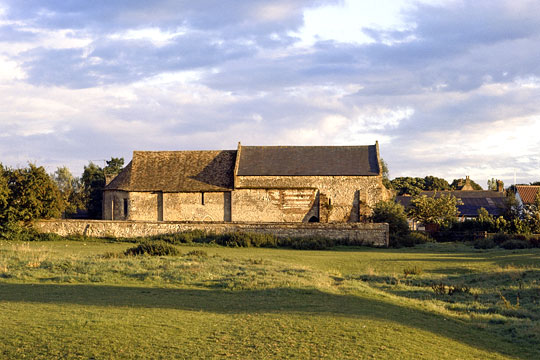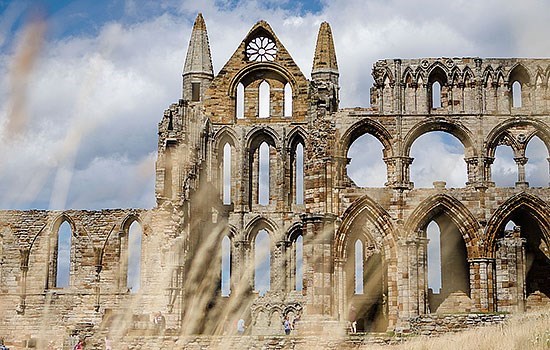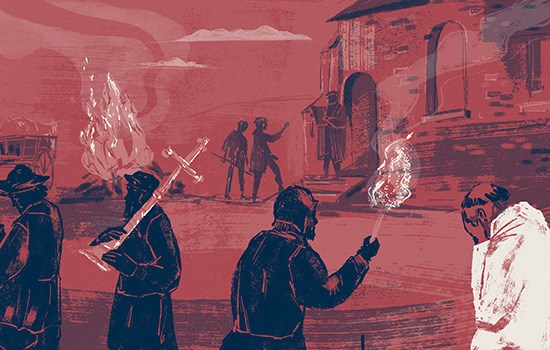History of Isleham Priory Church
This small Norman chapel is the best example in the country of a small Benedictine priory church that has remained substantially unaltered. The walls of the original 12th-century building all survive, and only the raising of the nave roof – when the chapel was converted to a barn – has altered its overall shape. To the north you can see earthworks relating to the activities of the small priory community that farmed here and the combination of these survivals with an original priory chapel is also extremely rare.

Origins
Isleham Priory was probably founded around 1100 by Count Alan of Brittany. Alan later gave the churches at Isleham and Linton to the Benedictine Abbey of St Jacut-sur-Mer in Brittany. As an enemy property during the wars with France, Isleham had a troubled history. It did not prosper or expand and in 1254 the monks were moved to Linton.
In 1440 Isleham was granted to Pembroke College, Cambridge, and either then, or at some point after the Reformation, the chapel was converted into a barn.
Description
The chalk-rubble chapel has a nave and chancel, with a semi-circular apse at the east end. The curve at the top of the apse walls shows that it originally had a vaulted, half-dome roof. Barnack limestone was used for the internal arches and the earlier doorways and windows.
The east window and one in the south side of the nave remain unaltered, but the chancel windows and north doors of both nave and chancel were enlarged in the 13th century.
The doorway to the village green, in the south wall of the chancel, was inserted after the monks had moved to Linton and the large cart door replaced the original nave door in the 16th or 17th century.
Further Reading
Anon, A Short History of the Parish Church of St Andrew, Isleham, and the Priory Church of St Margaret (Ramsgate, 1961)



